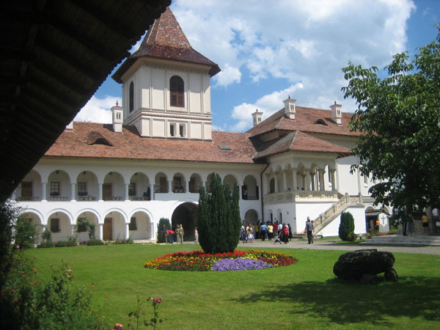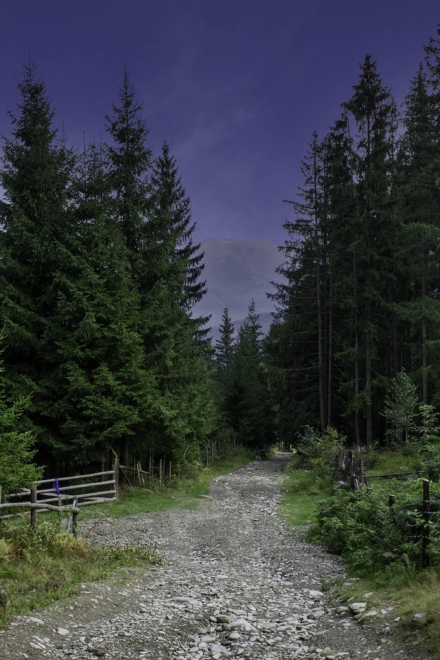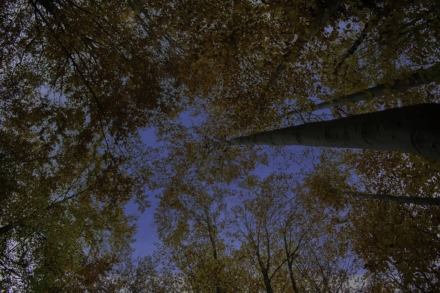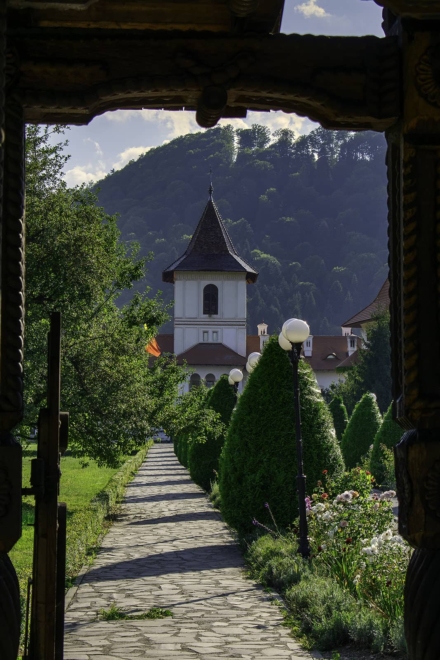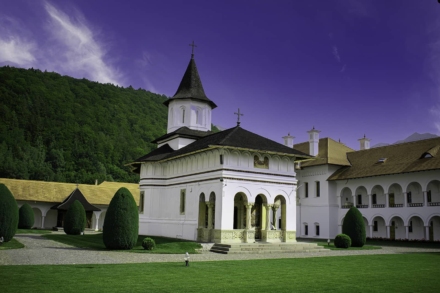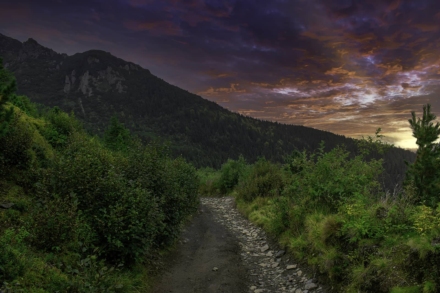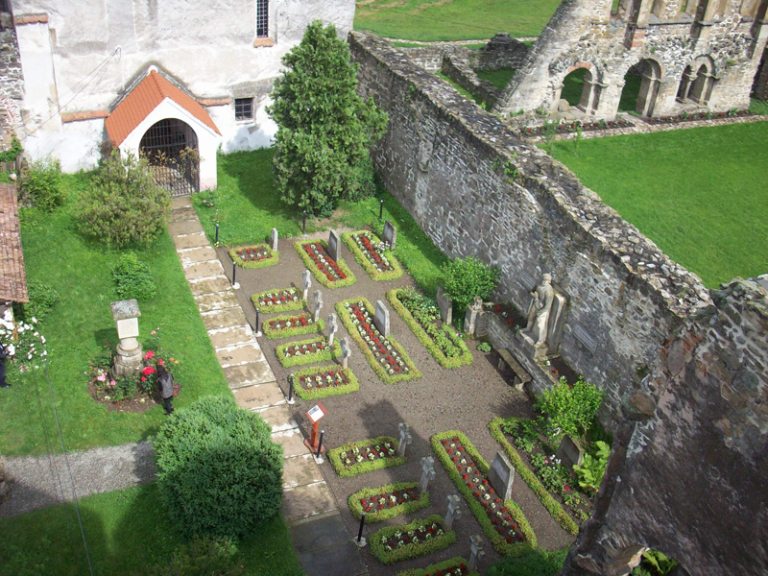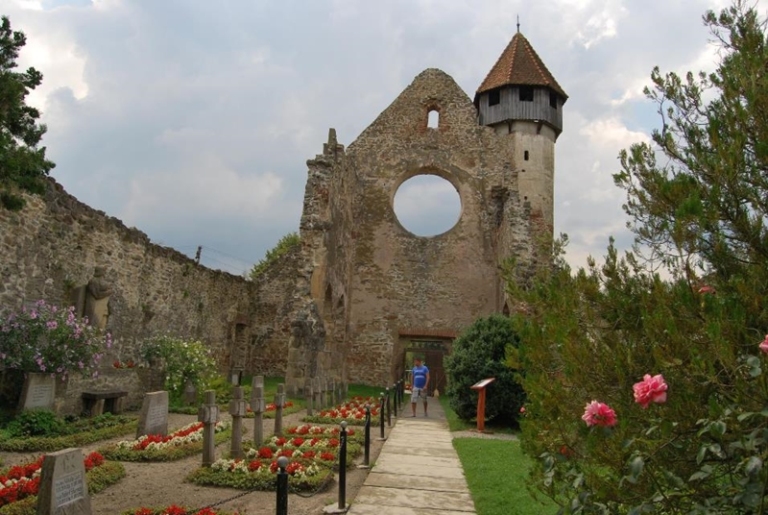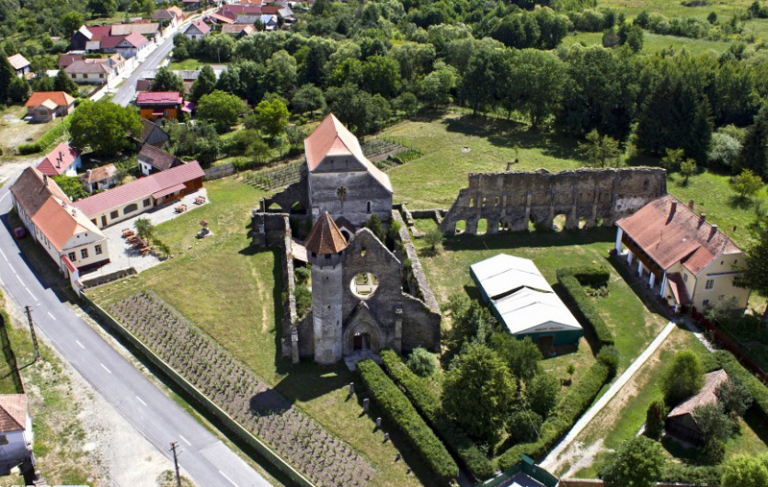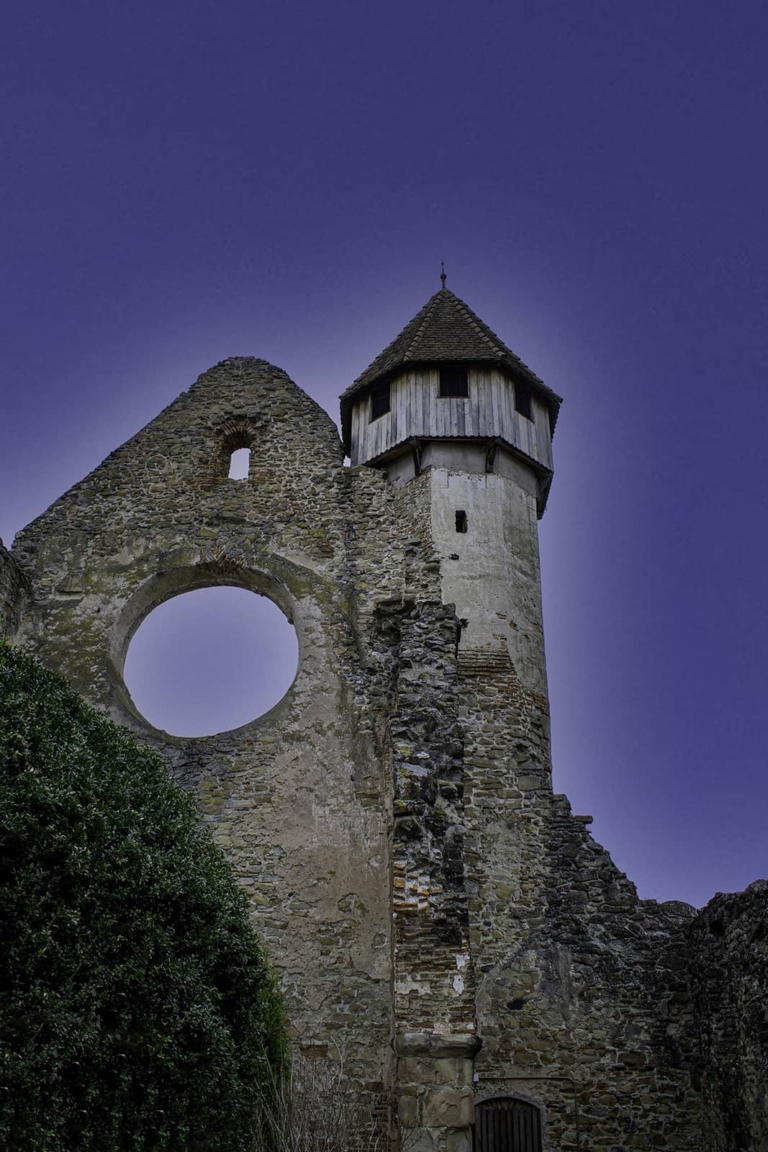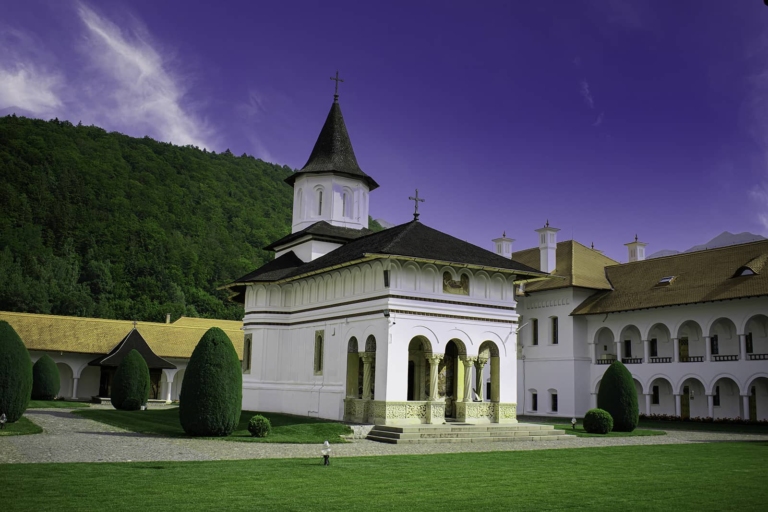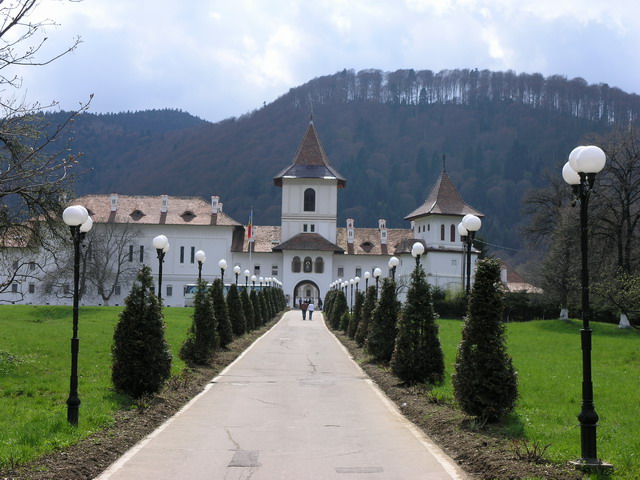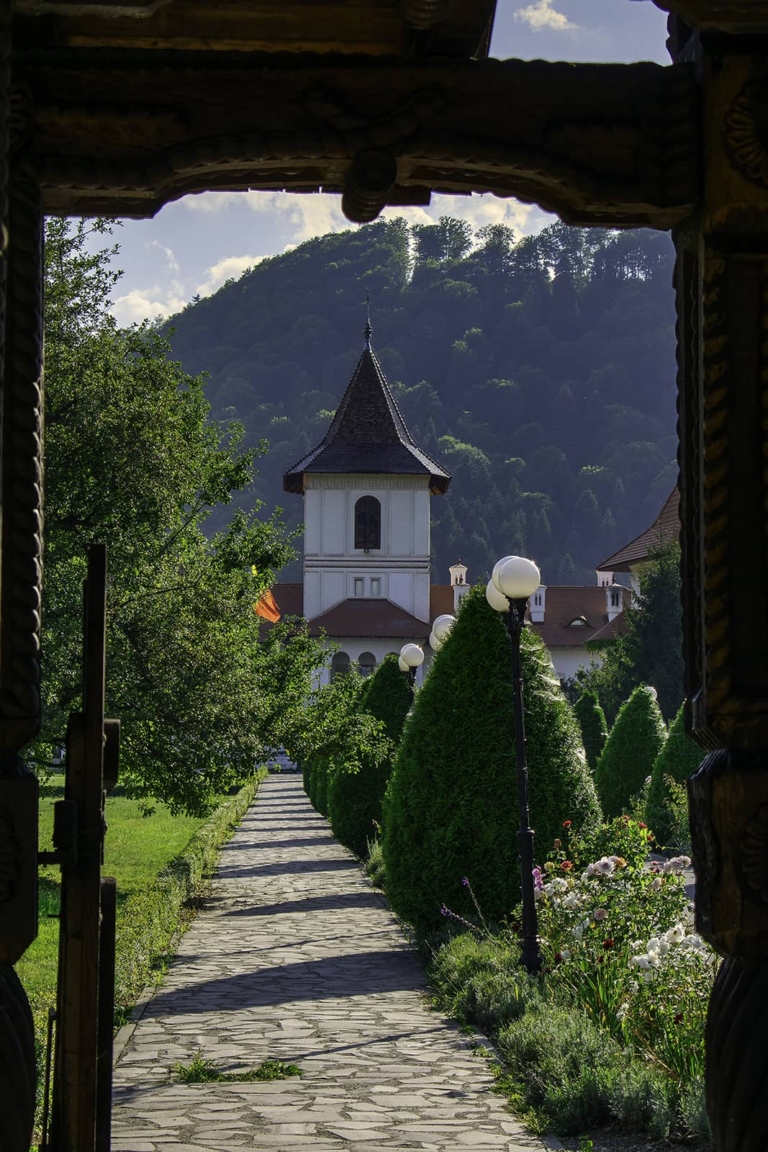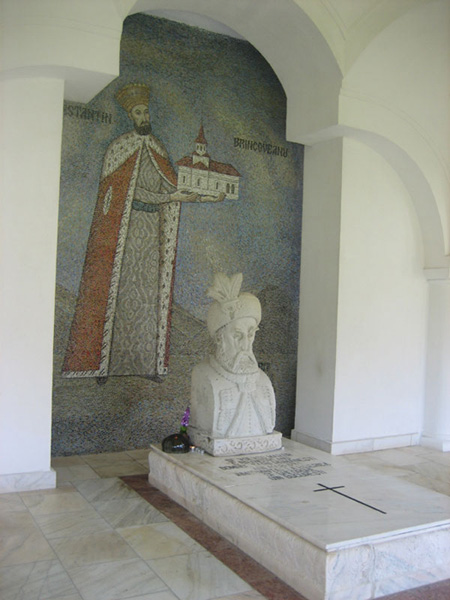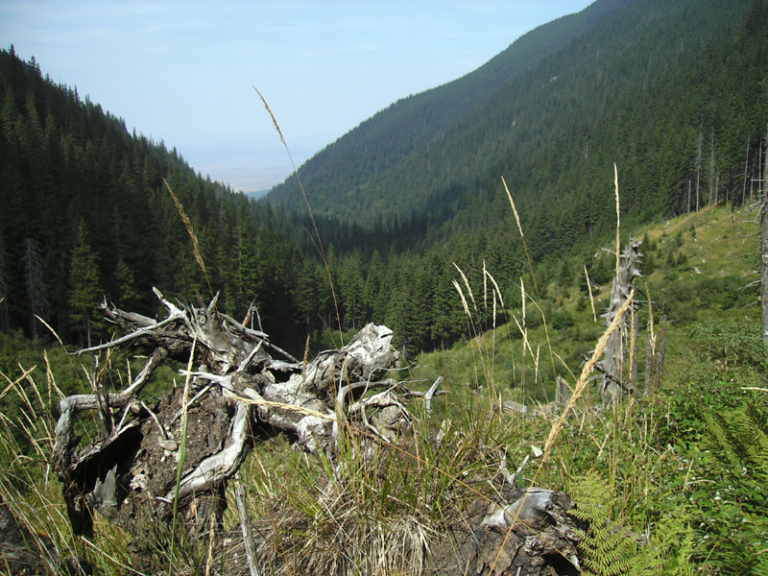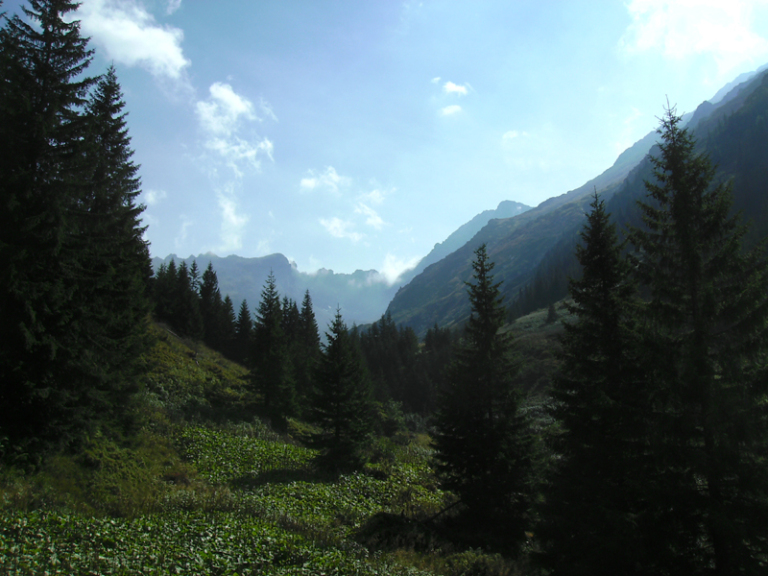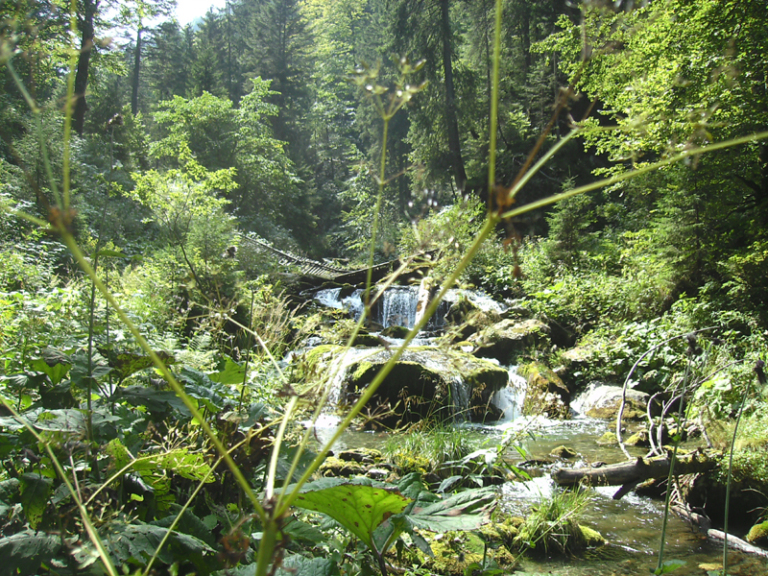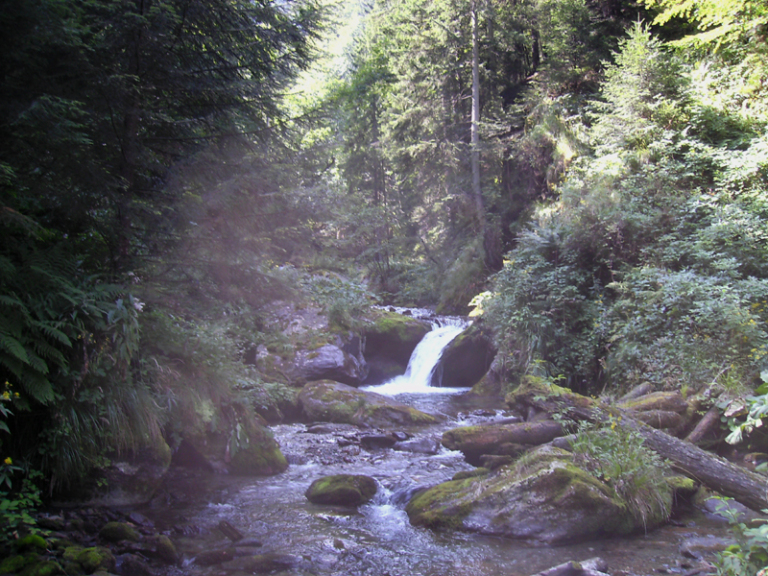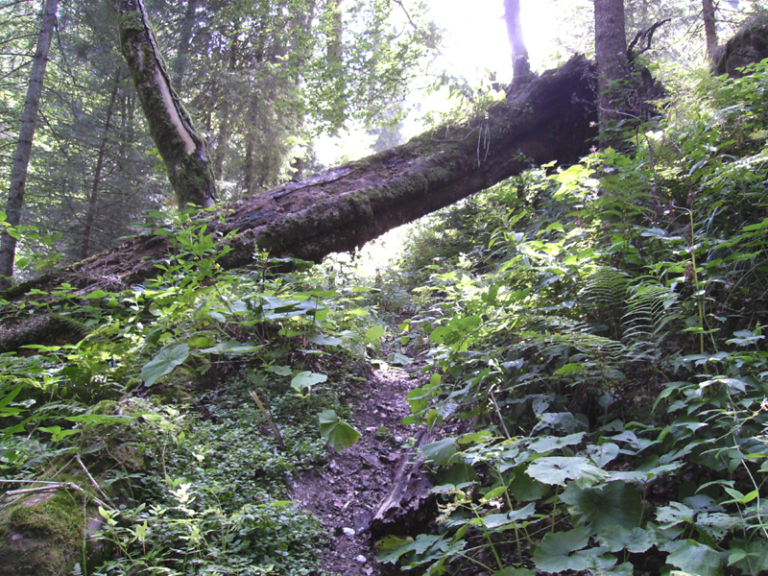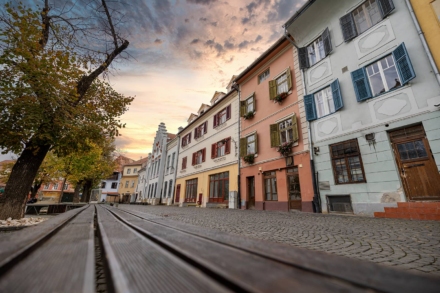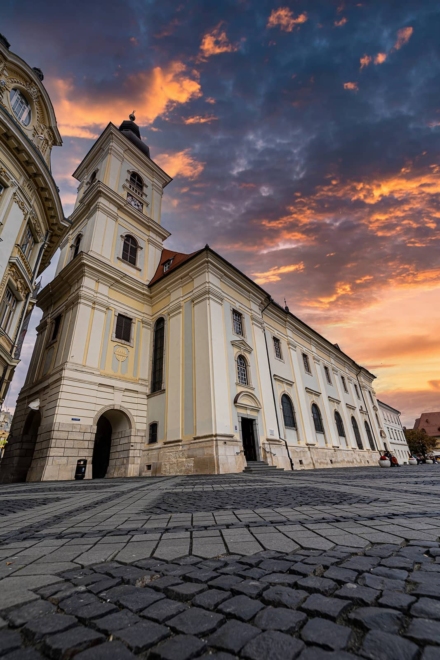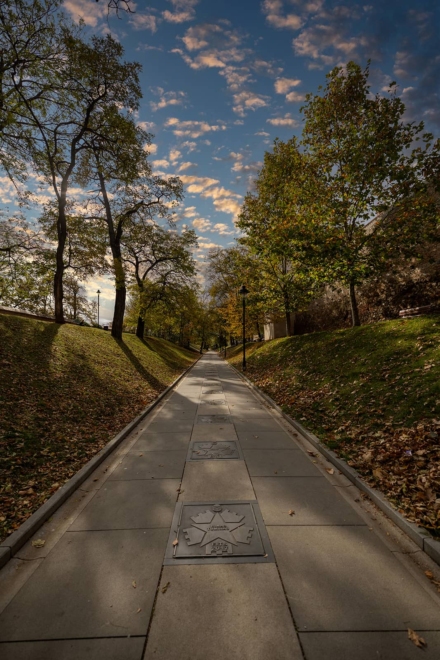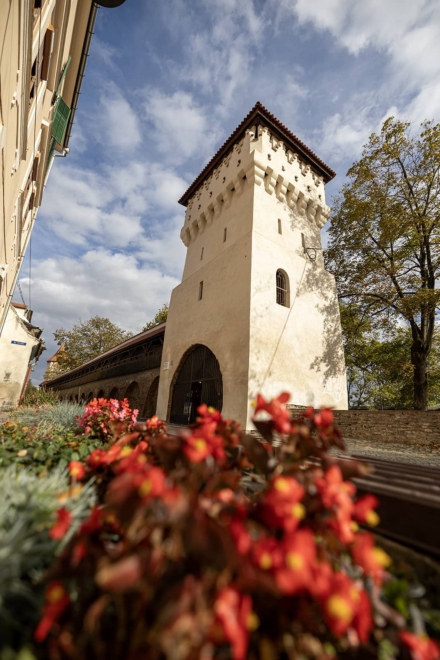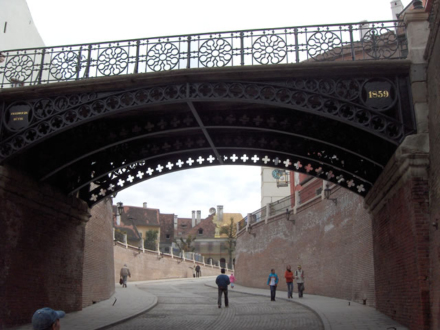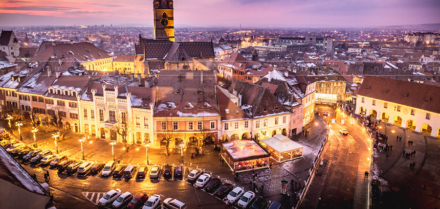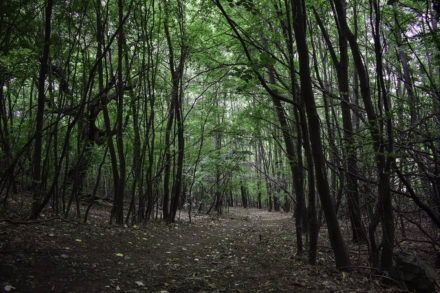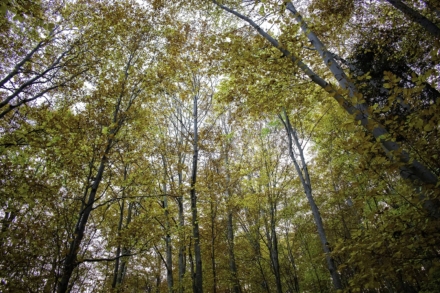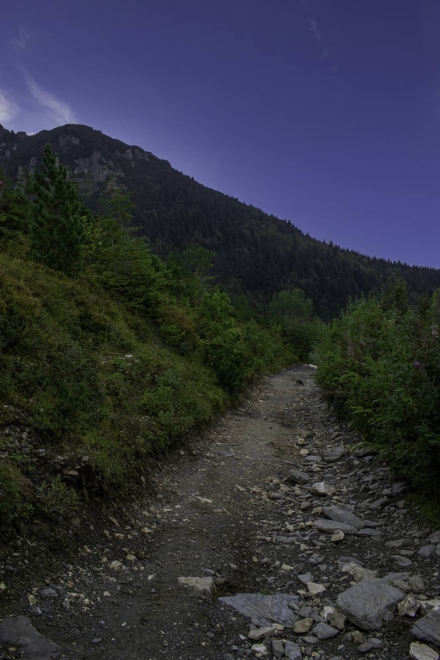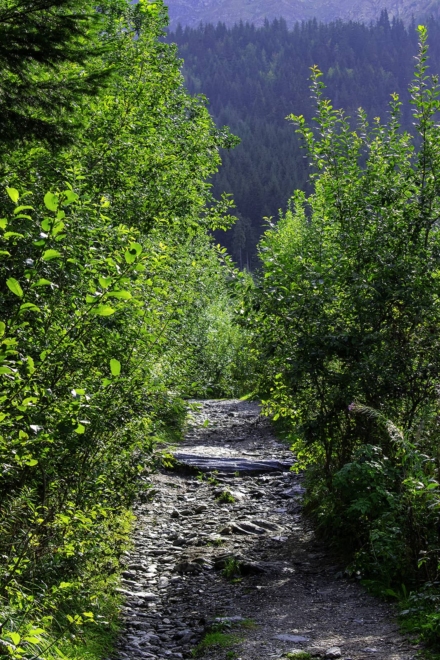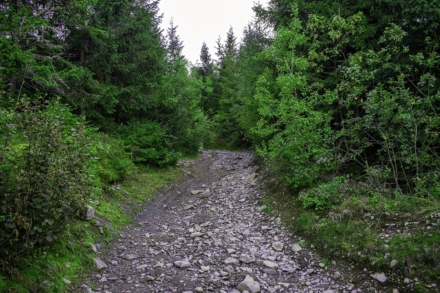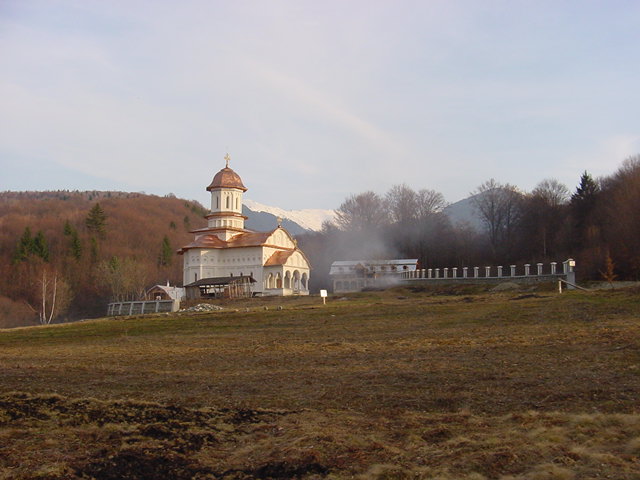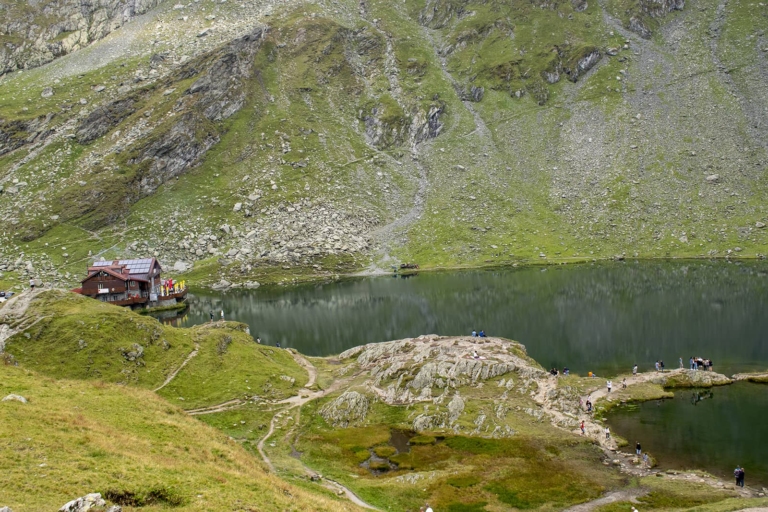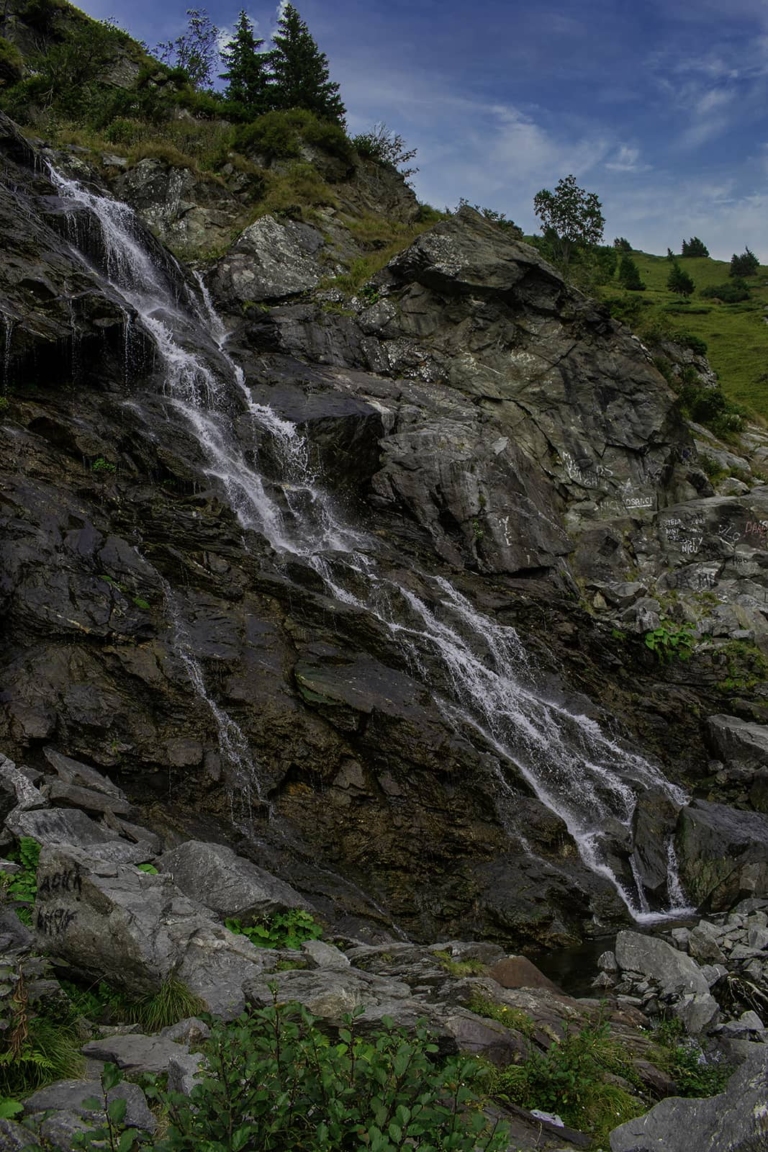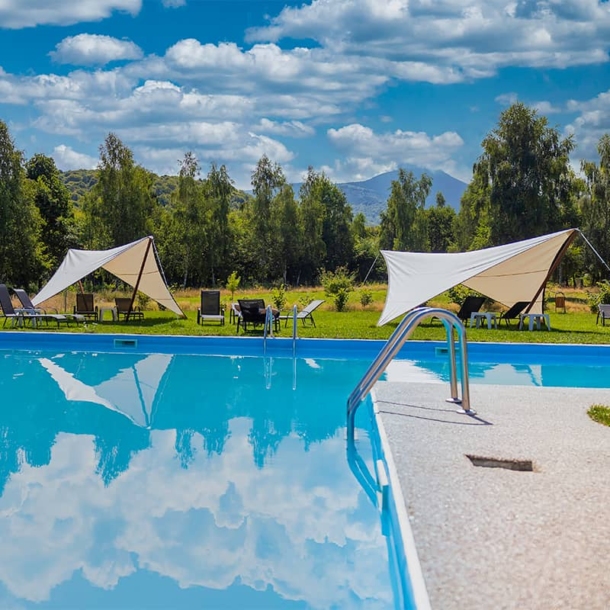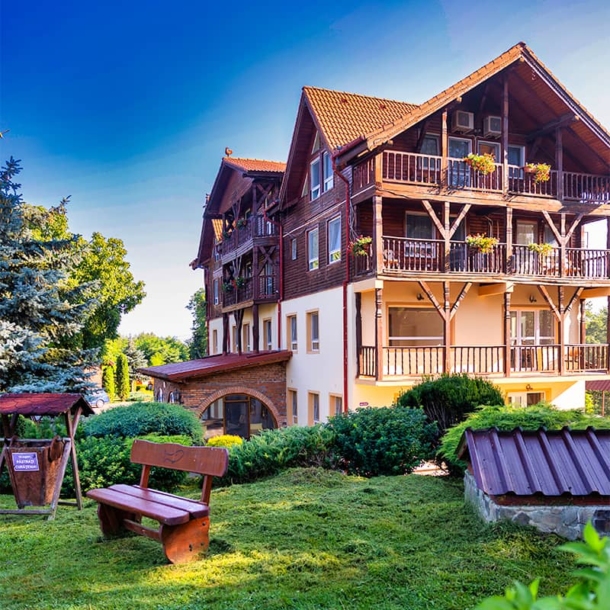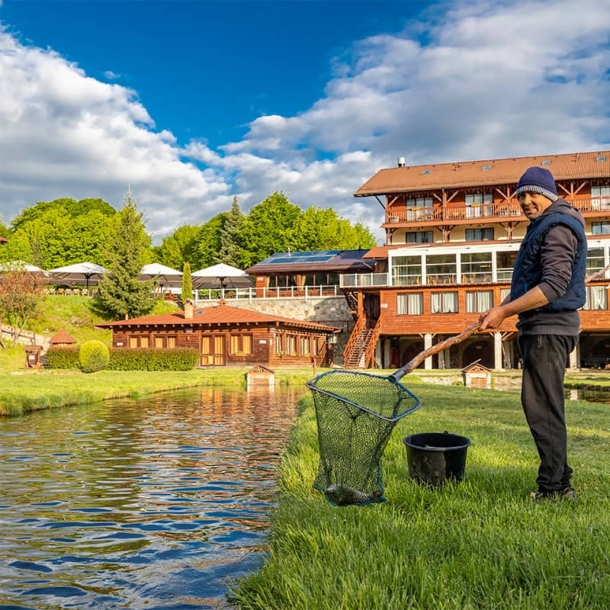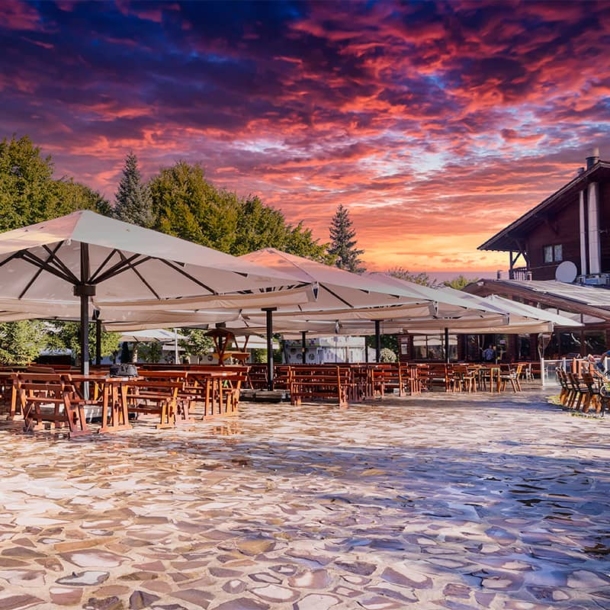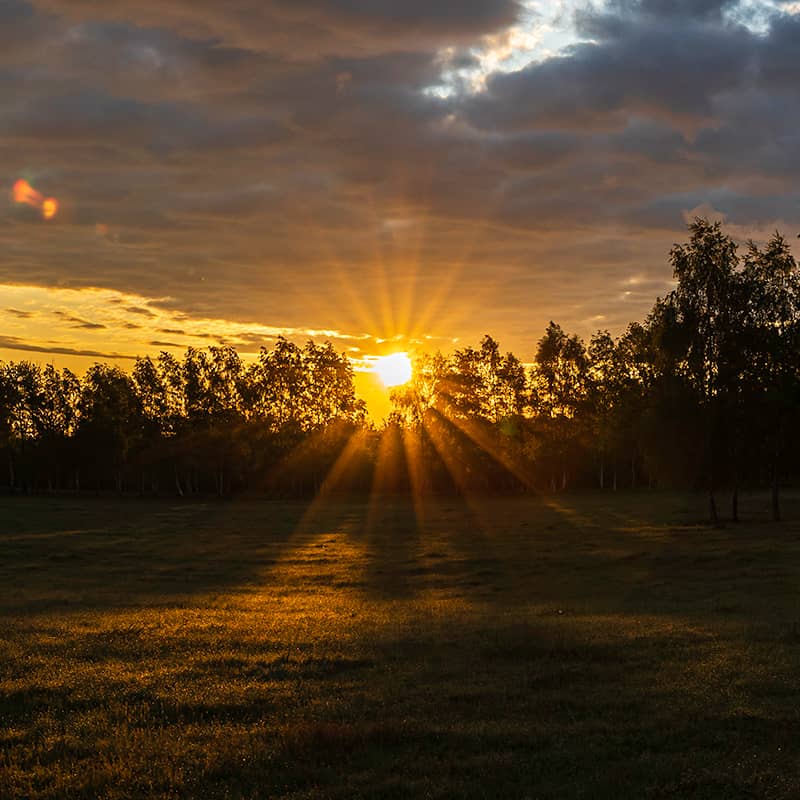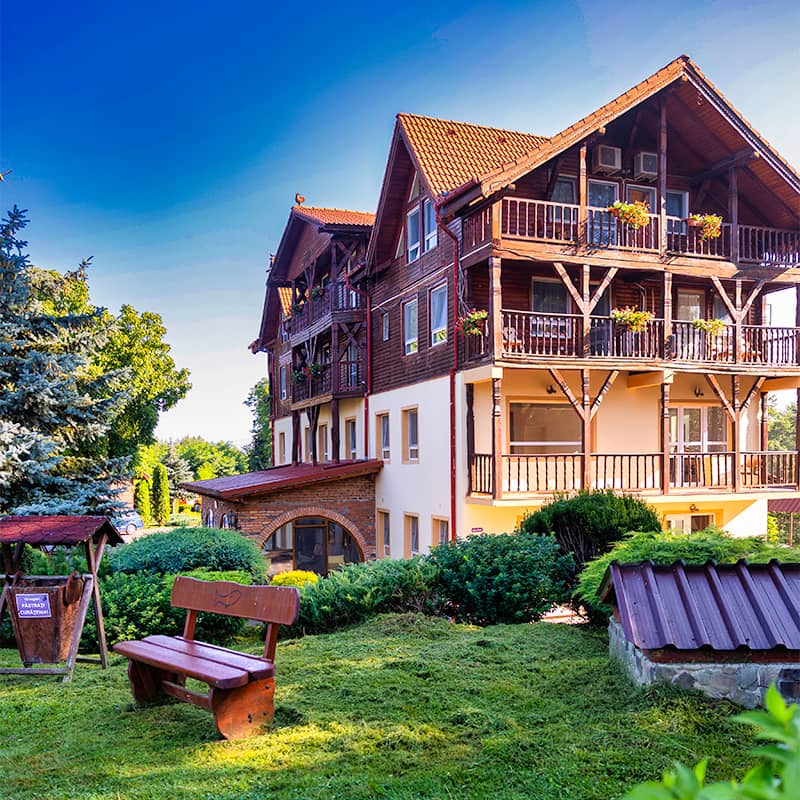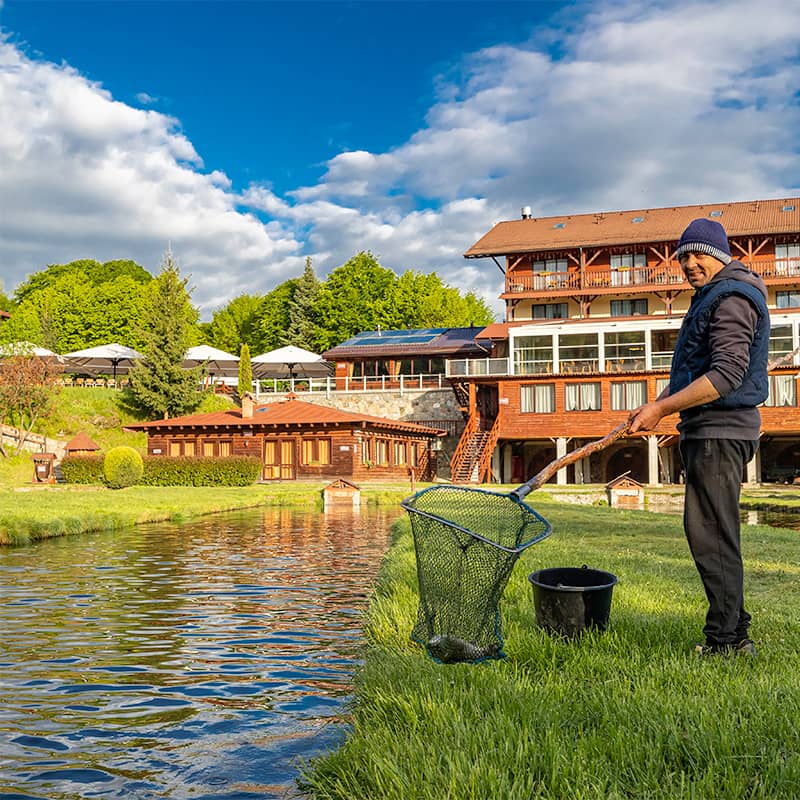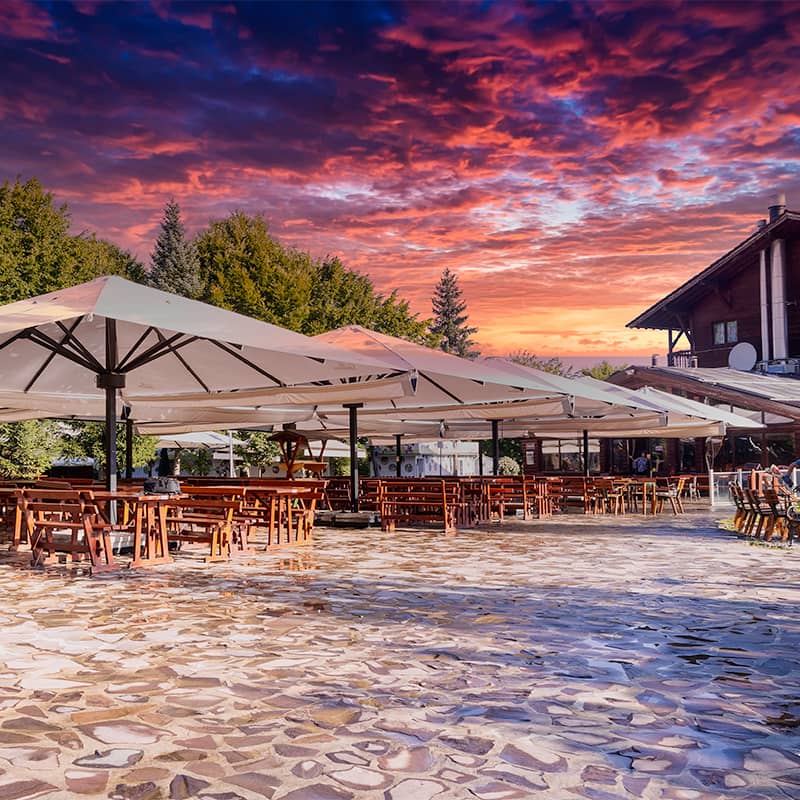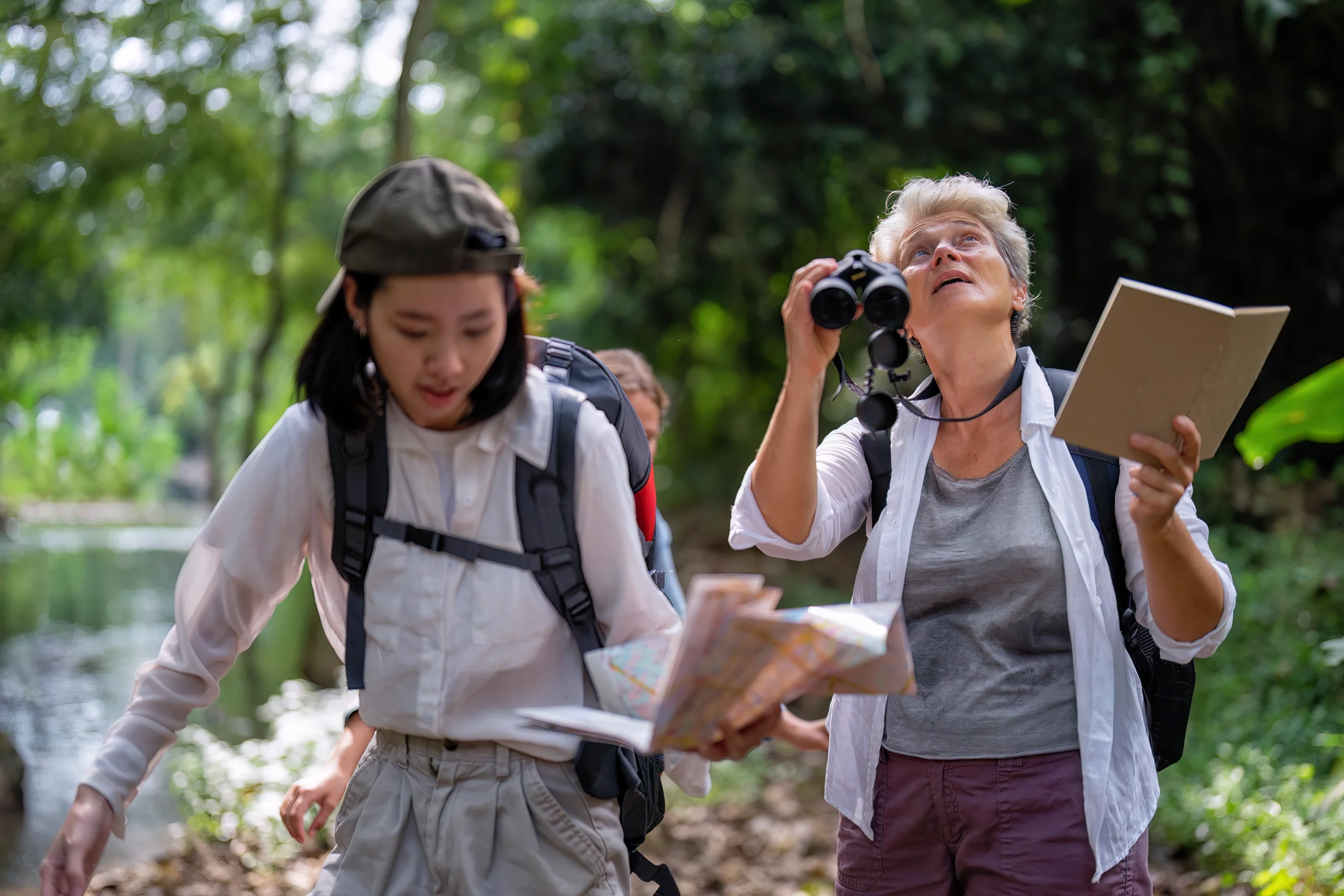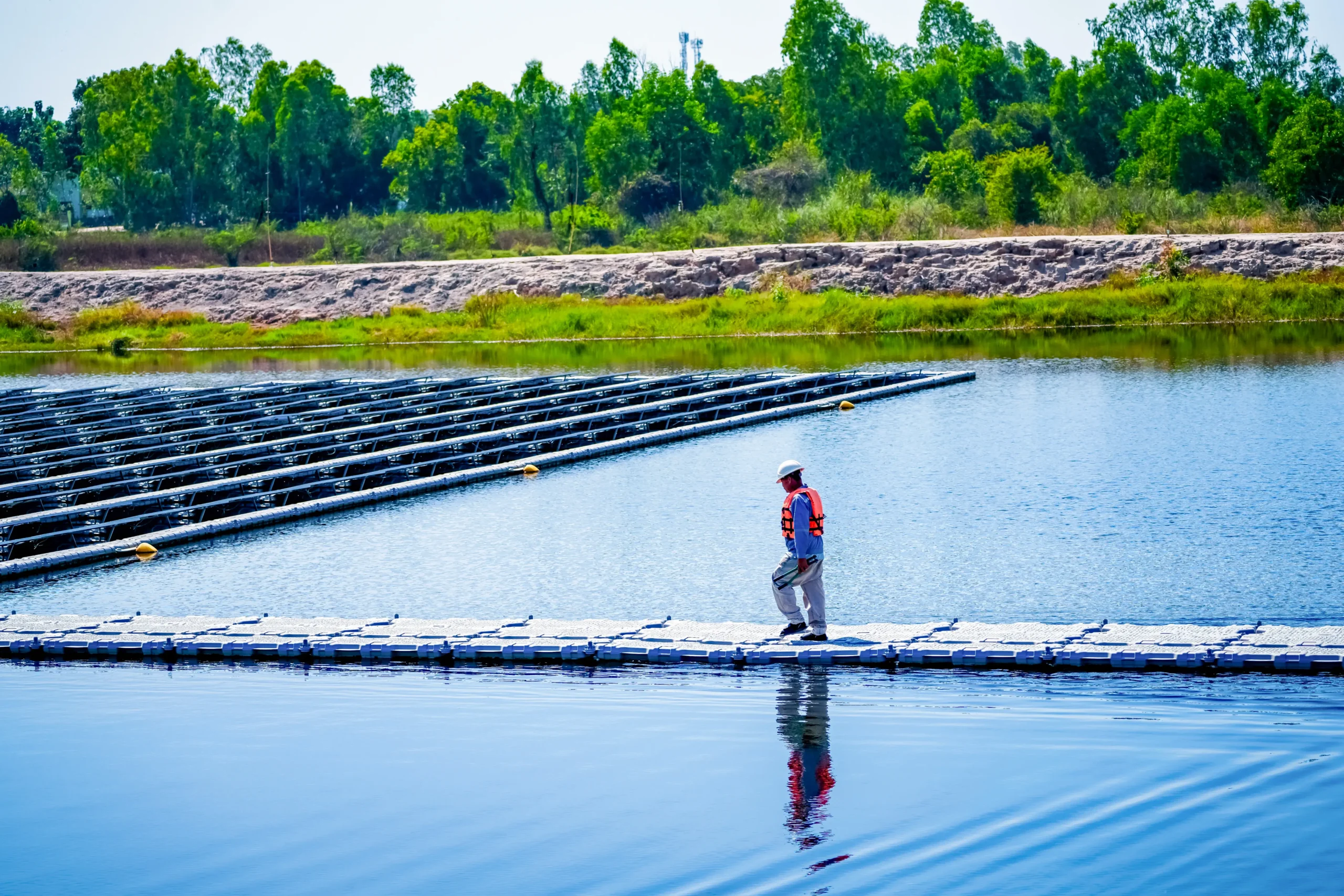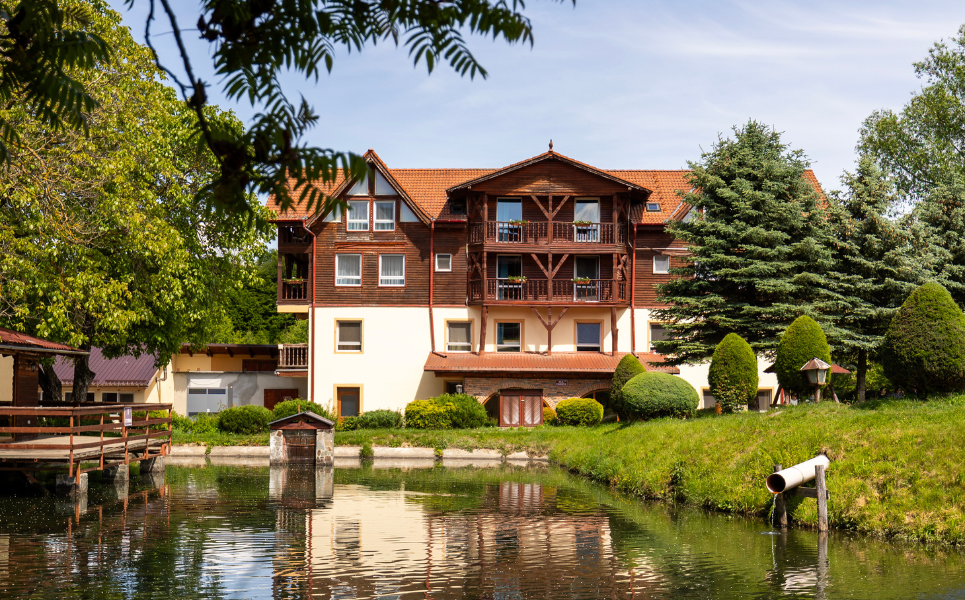Începeți o conversație
Click aici pentru a discuta cu mine!
Căutați site-ul nostru acum
Latest Posts
Ecotourism has become a favorite option for those seeking an authentic escape into nature, with an emphasis on sustainability and respect for the environment. Albota, located near the Făgăraș Mountains, offers an ideal setting for such an experience. In this […]
Ecotourism has become a favorite option for those seeking an authentic escape into nature, with an emphasis on sustainability and respect for the environment. Albota, located near the Făgăraș Mountains, offers an ideal setting for such an experience. In this […]
Ecotourism has become a favorite option for those seeking an authentic escape into nature, with an emphasis on sustainability and respect for the environment. Albota, located near the Făgăraș Mountains, offers an ideal setting for such an experience. In this […]
Ai auzit vreodata de Complexul Albota? Daca nu, te invitam sa descoperi un loc unde natura, traditia si ospitalitatea se intalnesc pentru a-ti oferi o experienta de neuitat. La poalele Muntilor Fagaras, Complexul Albota e destinat celor ce doresc sa […]
In the heart of Romania, far from the hustle and bustle of urban life, lies a haven of tranquility and natural wonder – Albota Complex . For those looking for a unique holiday experience, this place offers the ideal mix […]



